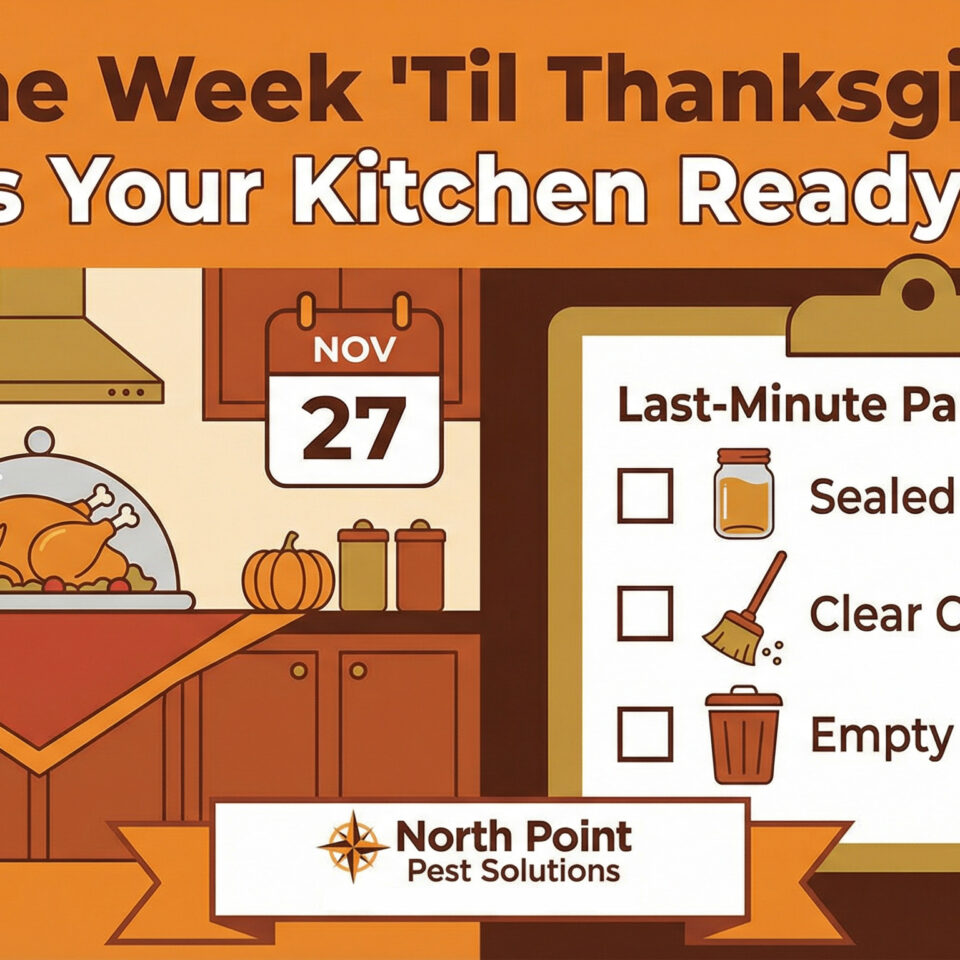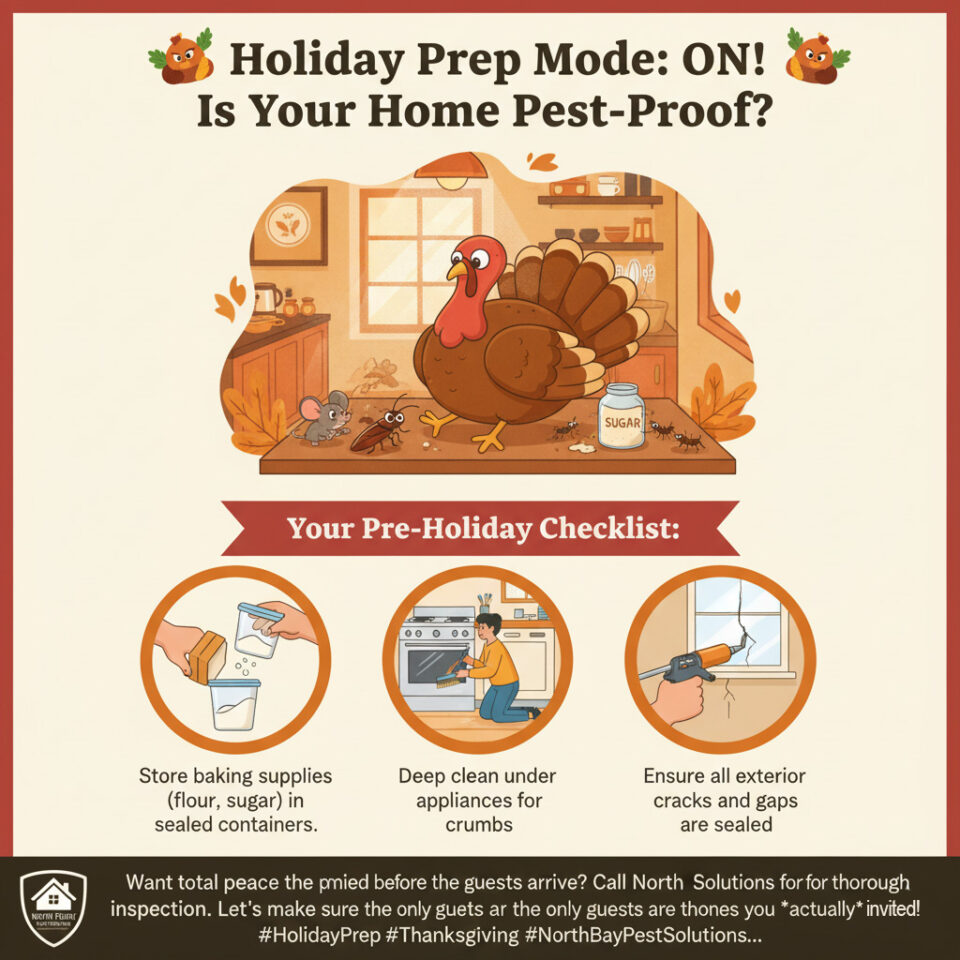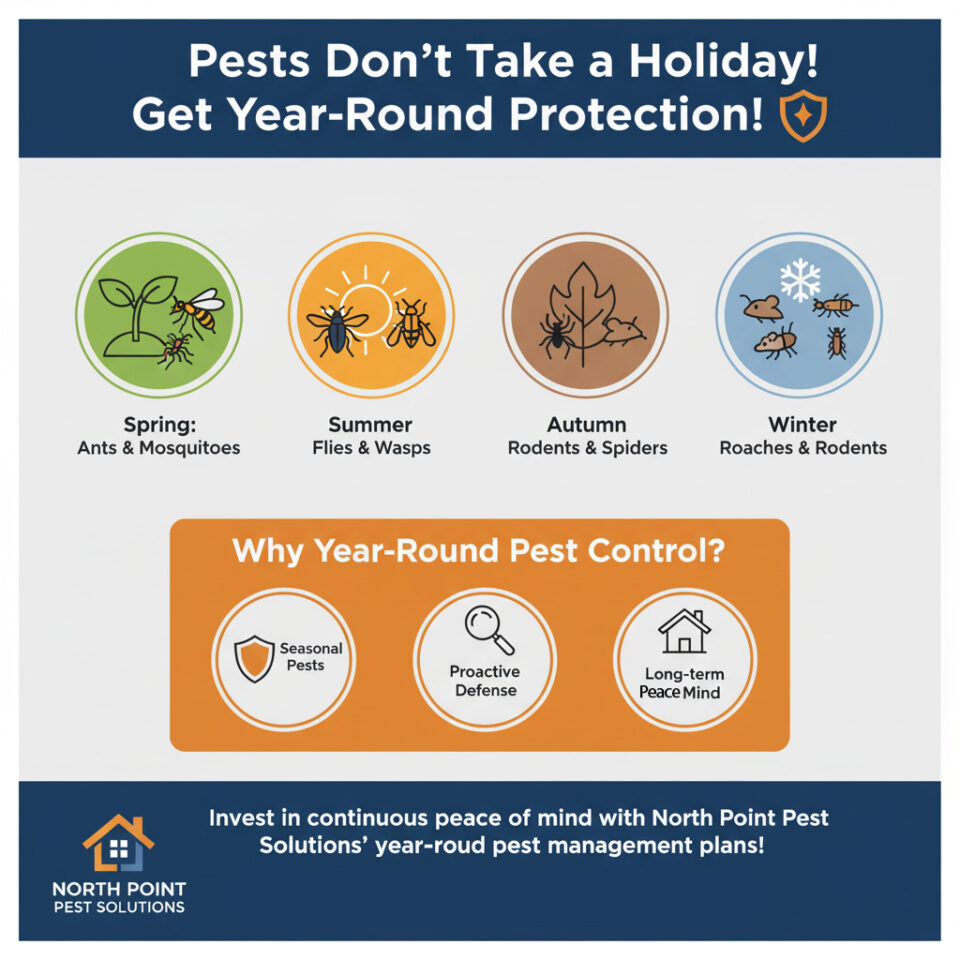As pet parents, we strive to create a safe and healthy environment for our furry, feathered, or scaled companions. But what happens when unwanted guests – pests – invade our homes? Pest control becomes necessary, but the question arises: is it safe for our beloved pets? Let’s delve into the potential dangers and explore ways to keep our homes pest-free without compromising our pets’ well-being.
The Potential Risks:
Traditional pest control methods often involve chemicals that can be harmful to pets. These chemicals can be ingested, inhaled, or absorbed through the skin, leading to various health issues. Some common concerns include:
- Toxicity: Many pesticides contain ingredients that are toxic to animals, potentially causing symptoms ranging from mild irritation to severe organ damage.
- Allergic Reactions: Pets can develop allergic reactions to certain pesticides, manifesting as skin rashes, respiratory problems, or digestive upset.
- Neurological Effects: Some pesticides can affect the nervous system, leading to tremors, seizures, or behavioral changes.
- Long-Term Health Issues: Prolonged exposure to certain pesticides may contribute to chronic health problems, such as cancer or reproductive issues.
Which Pets are Most Vulnerable?
Certain pets are more susceptible to the harmful effects of pesticides:
- Small Animals: Smaller animals, like rodents, birds, and reptiles, have a higher surface area-to-body weight ratio, making them more vulnerable to absorbing toxins.
- Young Animals: Puppies, kittens, and other young animals have developing immune systems and may be more sensitive to chemicals.
- Pets with Pre-existing Conditions: Pets with underlying health issues are more susceptible to complications from pesticide exposure.
- Cats: Cats are known to groom themselves more than dogs, meaning they ingest more chemicals that may be on their fur.
Safer Alternatives and Precautions:
Fortunately, there are ways to minimize the risks and keep your pets safe during pest control:
- Choose Pet-Friendly Pest Control: Seek out pest control companies that offer pet-safe solutions. These may include natural pesticides, baits placed in inaccessible areas, or integrated pest management (IPM) strategies.
- Communicate with Your Pest Control Professional: Clearly communicate your concerns about your pets and ask about the products and methods they use.
- Remove Pets During Treatment: The safest option is to remove your pets from the premises during and after treatment, following the recommended waiting period.
- Ventilate Thoroughly: After treatment, ensure proper ventilation by opening windows and doors to disperse any residual chemicals.
- Clean and Vacuum: Thoroughly clean and vacuum the treated areas to remove any remaining pesticide residue.
- Natural Pest Control Methods: Consider natural pest control methods, such as diatomaceous earth, essential oils (used with caution), or beneficial insects.
- Preventative Measures: Focus on preventative measures, such as sealing cracks and crevices, keeping food stored properly, and maintaining a clean environment.
Conclusion:
Pest control doesn’t have to be a threat to your pets. By choosing pet-friendly options, taking precautions, and prioritizing preventative measures, you can create a pest-free home without compromising the health and safety of your beloved animals. When in doubt, always consult with your veterinarian and a reputable pest control professional.






